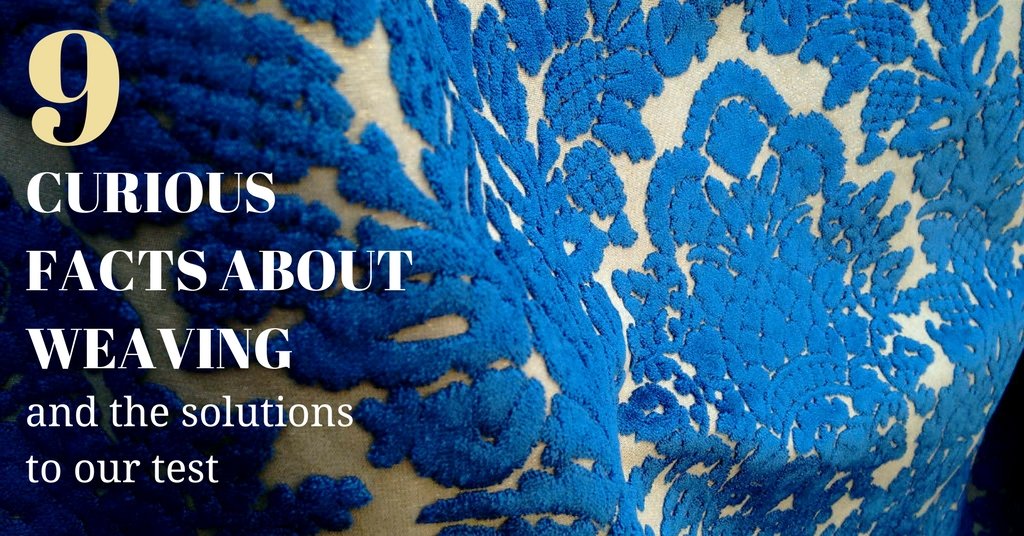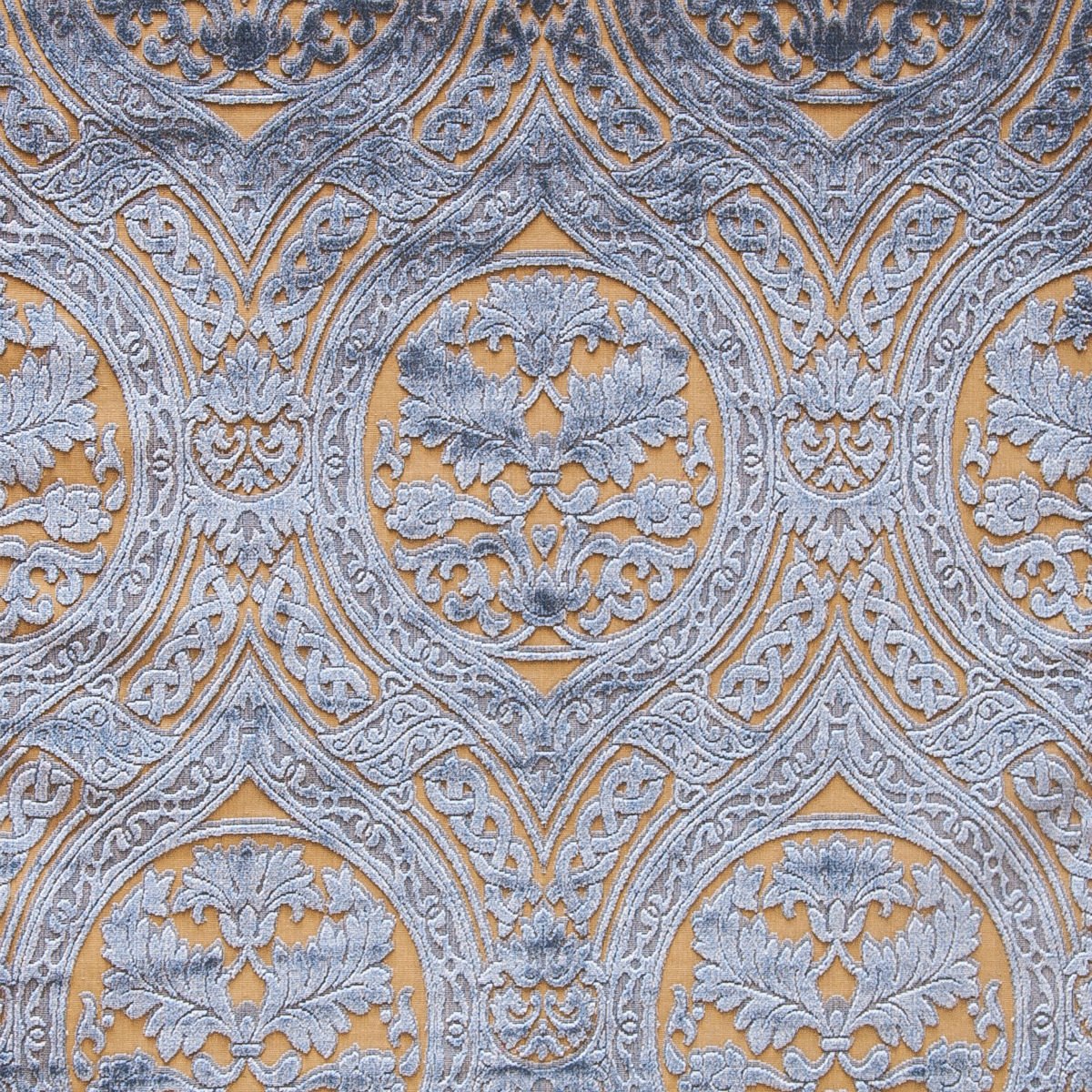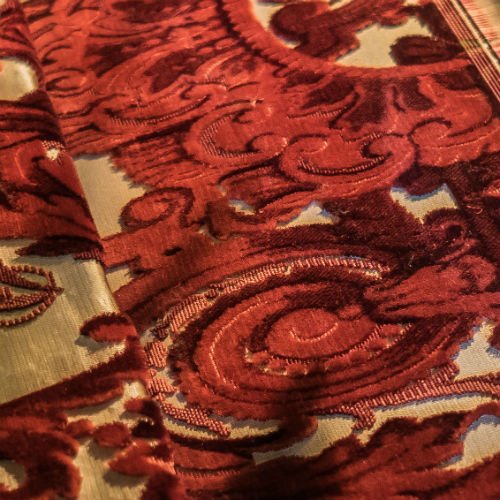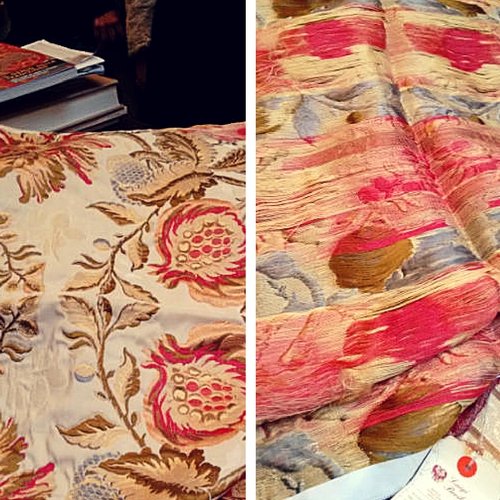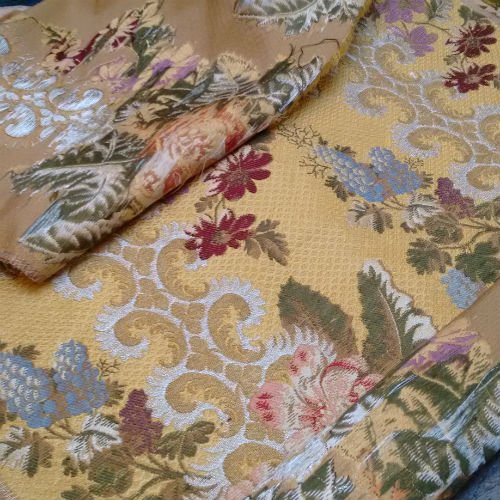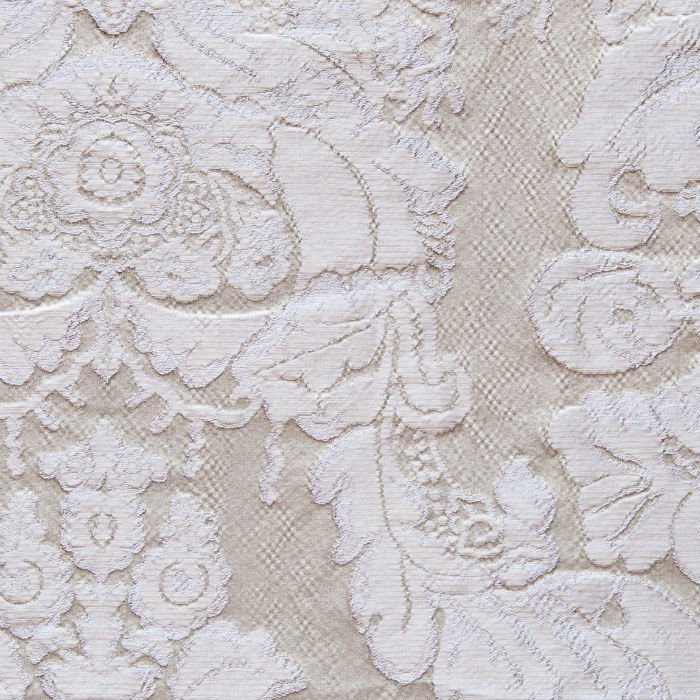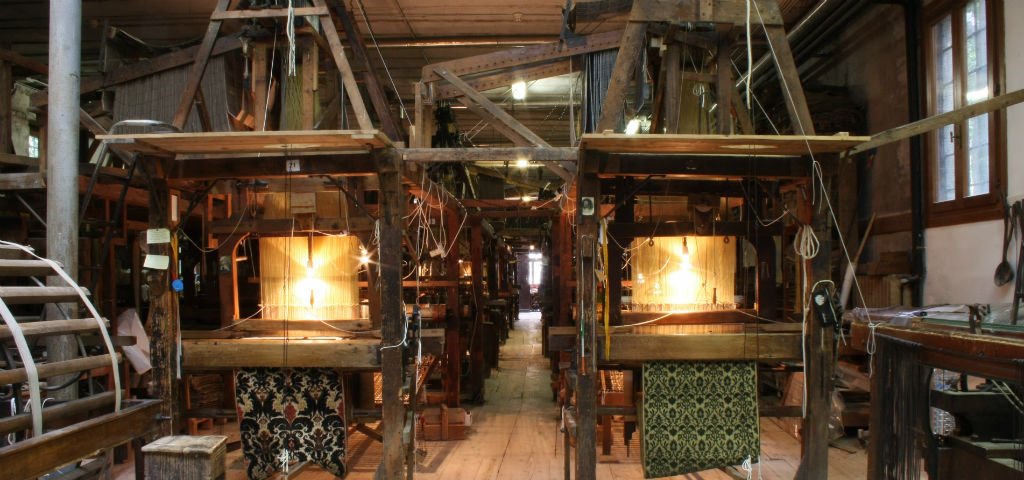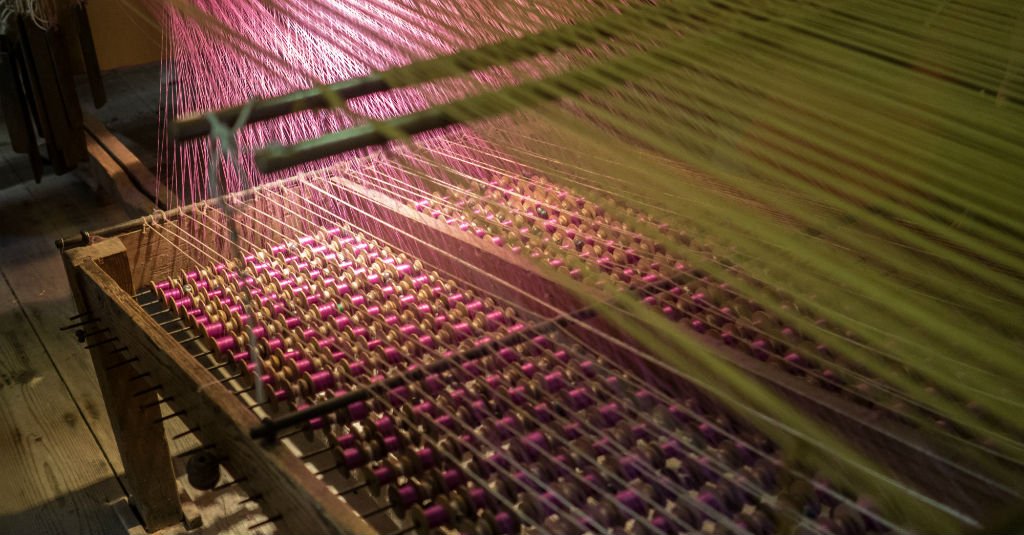Haven’t you taken the test yet? Well, you’re still on time: you can take a look at it before you keep on reading this article. Because you don’t want to cheat, do you?
#1 Where does the word “velvet” come from?
As we told you in this post on soprarizzo velvet, the noun “velvet” comes from the Latin vellus, which means “fleece, coat”.
Not all velvets are the same, though. And soprarizzos are very special indeed.
#2 What’s a soprarizzo velvet?
The toughest velvet weavers can produce? That’s it, the soprarizzo (“over-the-curls”) velvet, which owes its name to the fact it’s made up of 2 different velvets:
- the curly velvet, consisting of tiny rings, placed on the ground;
- the cut velvet, whose threads are cut and defines the pattern.
But how did Venetians learn how to create these precious fabrics?
#3 who taught Venetians how to weave velvets?
Thanks to the weavers from Lucca. Around 1320, some spinners, weavers and dyers (more or less 300) left their city because the Seigniory of Lucca had passed into the hands of the faction of the Ghibellines, while they were Guelphs. So, in order to keep on working, they moved to Venice and opened their own guild in 1360.
But velvet wasn’t the first kind of fabric Venice produced.
#4 Which was the first luxury fabric made in Venice?
The forefather of velvet is a similar silk fabric, extremely precious and coming from the East: the samite. It had a velvety surface just like its descendant, but it was heavier and used for the clothes of kings, holy vestments and to wrap the mortal remains of the Saints.
#5 What’s the difference between a brocade and a lampas?
Brocade and lampas are 2 other luxury fabrics and, at a first sight, very similar to one another: their designs are complex and brightly coloured and they’re heavier than other fabrics. To create their patterns, one needs more than one weft, and therefore countless threads.
So how can you distinguish one from the other?
You’ll just need to turn them round: on the wrong side of a lampas you’ll see threads everywhere, whereas on a brocade the threads are visible only behind the pattern. Since it has less threads, a brocade is thus lighter than a lampas.
Would you like to discover other tricks to distinguish the various kinds of fabrics? You can find them in this post.
And what about damasks?
#6 What’s the main feature of damasks?
Brightness and lightness: these are the features that can help you recognise damasks, which owe their name to the city of Damask. And Venice and Genoa probably began importing them from this very Syrian city.
But their wrong side can help you identify these silk fabrics, too: indeed, on the right side the design is bright and the ground is dull. If you turn the textile round, you’ll find them inverted, like in the negative of a photo.
But how do you make all of these fabrics?
#7 What’s a Jacquard loom?
For handweavers, the answer is only one: using a Jacquard loom. Which, in 1806, made weaving simpler and much faster.
Joseph-Marie Jacquard’s machine, indeed, combines manual and automatic work:
- it employs a series of punched cards, tied to each other, whose holes correspond to the fabric’s pattern;
- it only moves the necessary warp threads, following the holes on the punched cards, which move forward when the weaver pushes a pedal;
- only one person is needed to operate it.
#8 Who produced the golden threadS of the most precious Italian textile fabrics?
There was a team of specialised craftsmen in Venice who produced paper-thin gold and silver leaves: the battiloro (“goldbeaters”). Their name derives from the fact that they beat precious metals with a hammer to make it thinner.
Their creations decorated palaces, ships, furniture items and even fabrics: by cutting the gold leaves into threads, they could be used to embellish clothing and furnishing fabrics.
#9 Where does silk come from?
Finally, a kind of thread which is less precious than gold, but anyway of great value: silk. But why is it so valuable? Because the production of silk is quite a long process, starting from the growing of silkworms that secrete it to create their cocoons.

